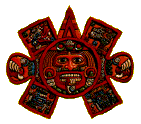
 Mayan Calendar; the Great Cycle started in 3114 BC and ends in December 2012
Mayan Calendar; the Great Cycle started in 3114 BC and ends in December 2012.
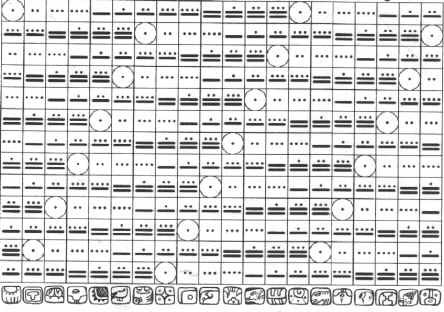
The Tzolkin, or Mayan Sacred Calendar
The Tzolkin is a 260-day calendar based around the period of human gestation. It is composed of 20 day-signs, each of which has 13 variations, and was (and still is) used to determine character traits and time harmonics, in a similar way to Western astrology. The Maya also used a 365-day calendar called the Haab, and a Venus calendar, plus others. They measured long time periods by means of a Long Count, in which one 360-day year (a "Tun"), consists of 18 x 20-day "months" ("Uinals"). Twenty of these Tuns is a Katun; 20 Katuns is a Baktun (nearly 400 years); and 13 Baktuns adds up to a "Great Cycle" of 1,872,000 days, ( 5200 Tuns, or about 5125 years).
Mayan scholars have been attempting to correlate the Long Count with our Western Gregorian calendar, since the beginning of this century. There has been massive variation in the suggested correlations, but as early as 1905, Goodman suggested a correlation only 3 days from the most popular one today. Known as the GMT correlation, or "correlation # 584283", this was finalized in 1950, and puts the start of the Great Cycle ( day 0.0.0.0.0) on 11th August 3114 BC, and the end-date (known as 13.0.0.0.0.) as 21st December 2012.
Mayan scholars have been attempting to correlate the Long Count with our Western Gregorian calendar, since the beginning of this century. There has been massive variation in the suggested correlations, but as early as 1905, Goodman suggested a correlation only 3 days from the most popular one today. Known as the GMT correlation, or "correlation # 584283", this was finalized in 1950, and puts the start of the Great Cycle ( day 0.0.0.0.0) on 11th August 3114 BC, and the end-date (known as 13.0.0.0.0.) as 21st December 2012.


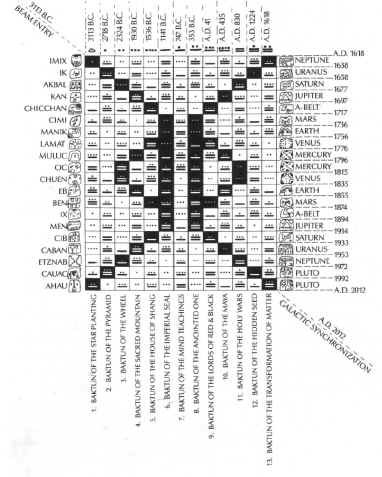
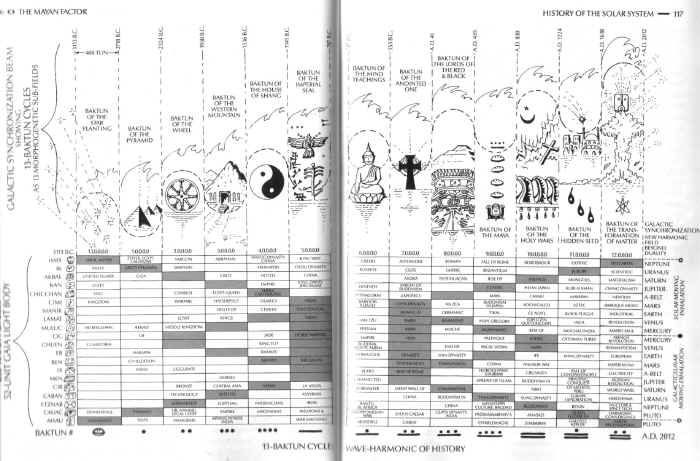


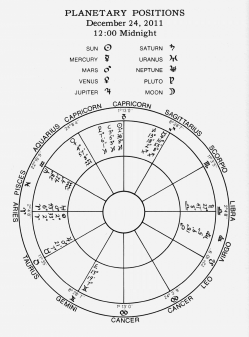
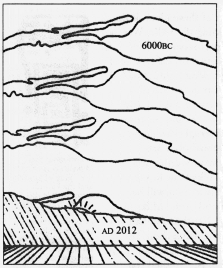
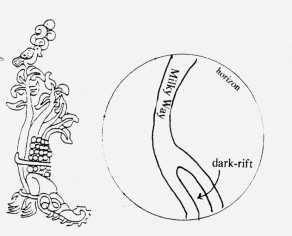
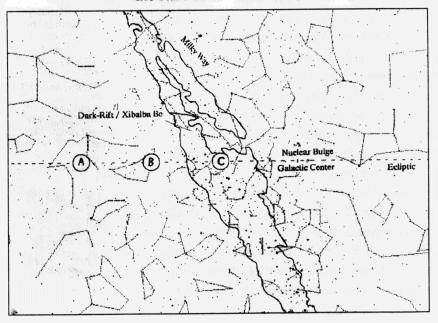
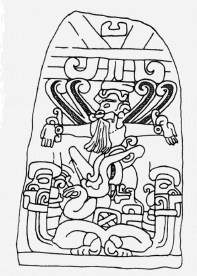
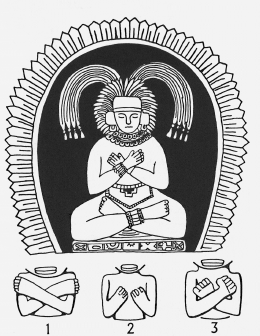
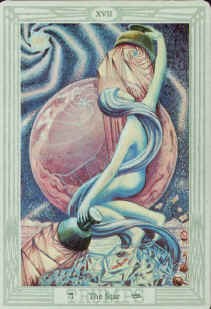
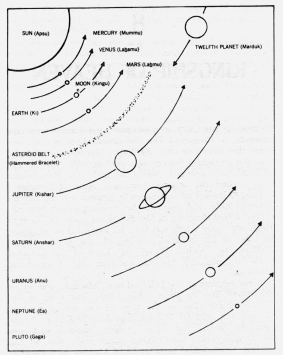
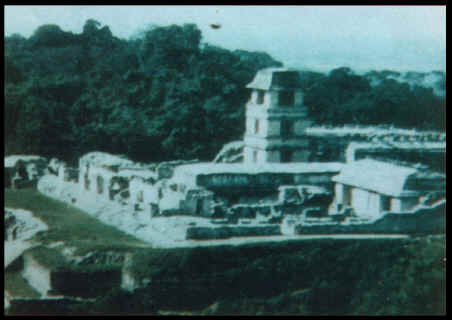
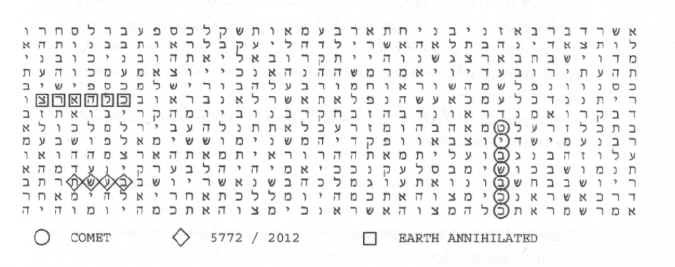

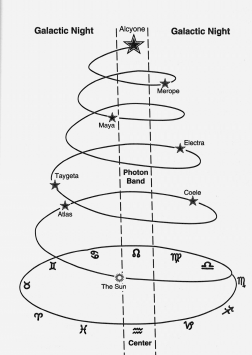
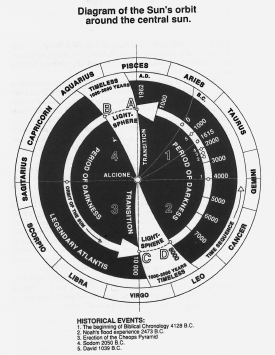
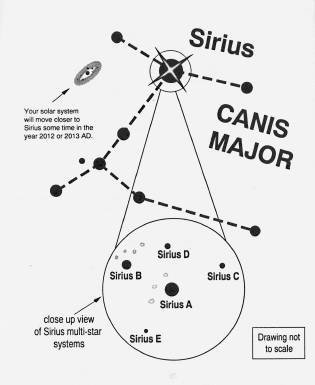
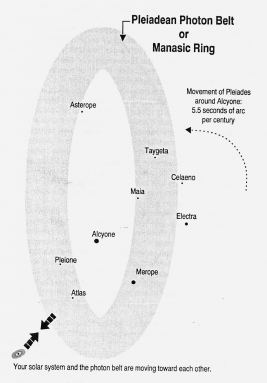
تعليق